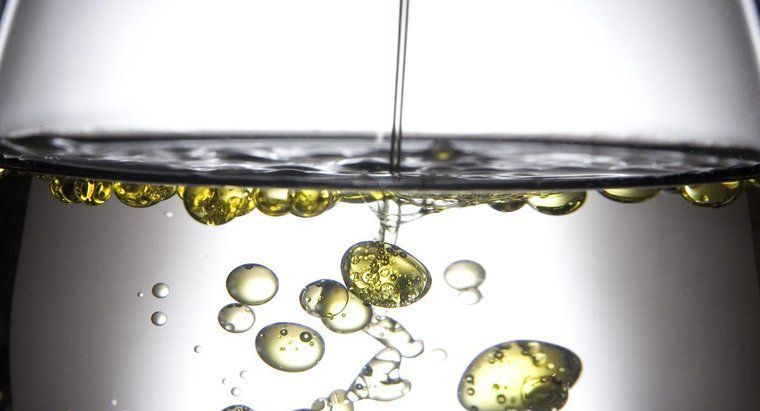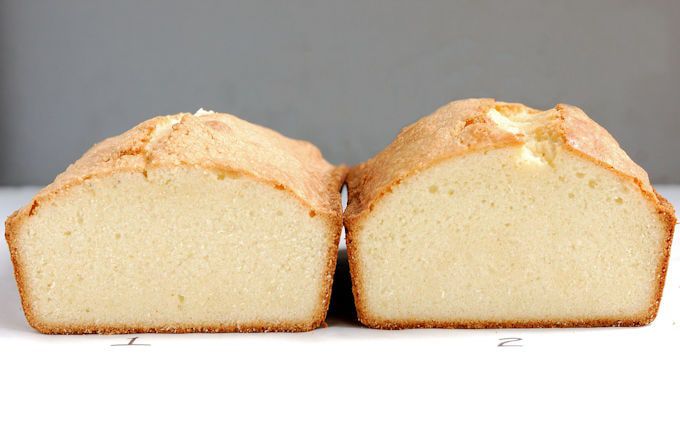DIFFERENCES BETWEEN THICKENERS AND EMULSIFIERS

Similar problems occur in food production due to the lack of emulsifiers, often mixed with water binders and thickeners. However, the tasks of these two groups are different, even if they need each other.
First, let's take a look at the word meanings. Emulsifying means keeping the water and fat molecules together. We can hold these two phases, which are not normally mixed together with the proteins that change the surface activity or the components called surface active. For example, it is used to block the image that is white on the chocolate because of the oil separation.

Thickening agents, as the name implies, increase the water or oil holding capacity in the environment. When we look at the molecule, we see that they are usually polysaccharides, long-chain sugars. With thickeners, you can increase the bound water from 1 unit to 5. This also affects shelf life, appearance, and taste.
When we look at the situations encountered in food production, the problems that may be related to the use of emulsifiers and stabilizers may seem very similar. For example, fast-melting ice cream or large ice crystals in it, or short-lasting coffee foam, could be the result of a deficiency in both groups. It is necessary to look at the features of the system created for this. Let's look into the problem of coffee foam. You are faced with the problem that the foam is not long-lasting or bulky. One possibility is that the beverage may not have the capacity to retain enough air; in that case, you may need to add alginate or carrageenan. Another possibility is that the air, water, and oil phases do not stand together in the environment, in which case you will see that the foam is immediately extinguished, but in this case you need to add monodiglyceride.

These two groups play a complementary role in industrial production. For example, in margarine production, both oil and water should be mixed homogeneously and should not be separated from the structure during the shelf life. It is necessary to use both an emulsifier and a water and oil binder.
We also use thickeners and emulsifiers in home-made meals and traditional production. The most common example of this is adding starch (flour or potato) to the soup, which is too liquid, or adding eggs to the ground meat mix to make meatballs stick. Starch is one of the thickeners that binds water when heated. Eggs cause oil and water to stand together because of the protein they contain.
In sum, these two groups need to be stable and have the desired structure to obtain the final products. But where and how to use it are important.
You can contact us for more detailed information, solution suggestions, and samples for your products.
